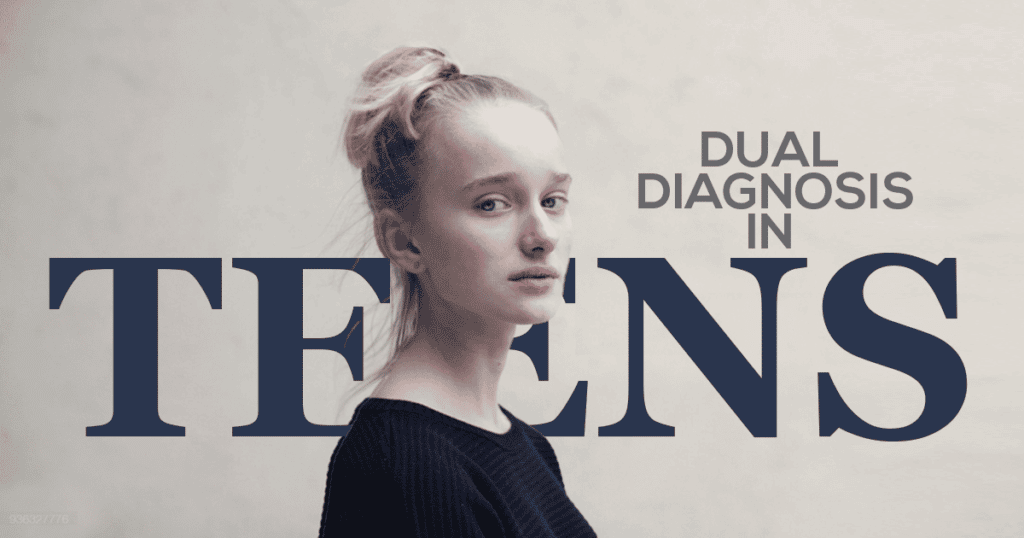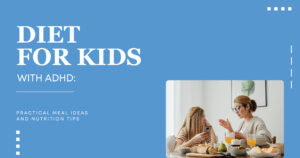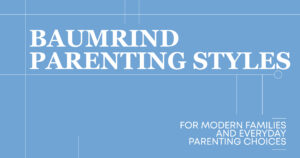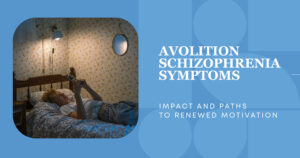According to the National Institute on Drug Abuse, someone with a dual diagnosis has a mental health disorder and a drug or alcohol problem. Having a dual diagnosis is somewhat common in adults and teens. When someone has a dual diagnosis, the approach to treatment needs to address both conditions for the best outcomes and reduce the risk of relapse.
What Is a Dual Diagnosis?
A dual diagnosis is when a person has an addictive disorder such as an alcohol or drug addiction and a mental health disorder co-occurring. Either could have occurred first, and while they do happen together, that doesn’t mean one caused the other. It’s often difficult to determine which did come first in a patient. Around half of people with a mental disorder will also have a substance use disorder at some point in their lives. The interactions of two conditions can make both worse.
It’s relatively common for teens to be referred to treatment for substance abuse but not to a mental health professional to treat any underlying causes or co-occurring conditions that play a role in the addiction.
A combined mental illness and substance use disorder is so common that most clinicians now expect that they’ll find it.
Symptoms of Dual Diagnosis Disorders
The symptoms of co-occurring disorders can vary depending on the addiction and the mental health condition.
Mental disorders and mood disorders that often occur along with addictions to drugs or alcohol include:
- Anxiety disorders
- Depressive disorders
- ADHD
- Bipolar disorder
- Schizophrenia
- Personality disorders like borderline personality disorder
General symptoms of a mental illness that may occur include:
- Feeling down or sad often
- Confused thinking
- Problems concentrating
- Extreme feelings of guilt
- Excessive worries or fear
- Rapid mood changes with highs and lows
- Withdrawal from friends and activity
- Low energy
- Problems sleeping
- Fatigue
- Detachment from reality
- Inability to cope with stressful or normal daily situations
- Difficulties understanding situations and relating to people
- Drug or alcohol use
- Changes in eating habits
- Excessive anger, violence, or hostility
- Suicidal thinking
Sometimes, mental health disorders can include physical symptoms, especially in young people. These might be headaches, back pain, or stomach pain, as well as other aches and pains that aren’t otherwise explained.
Among teens, alcohol and marijuana are the most commonly used substances. Teens also may use benzodiazepines, cocaine, or prescription drugs. There are many signs of drug use or alcohol abuse in teens, including:
- Poor performance at school
- Loss of interest in activities
- Lack of hygiene
- Avoiding eye contact
- Changes in eating habits
- Secretive behavior
- Unusual fatigue
Signs of addiction can include:
- The need to use the substance regularly—often daily or several times a day
- Intense cravings or urges for the drug are the top priority
- Needing more of the drug to experience the same effects
- Taking larger amounts over time than intended
- Ensuring a supply of the substance is maintained
- Spending excessive amounts of money on the drug
- Not meeting obligations at school or work
- Continued use despite the substance causing known problems such as issues with physical health
- Doing things to get the drug or when under the influence that you wouldn’t normally like stealing
- Risky behaviors when drunk or high
- Putting a lot of time toward getting the drug, using it, or recovering from its effects
- Being unable to stop using the drug
- Going through withdrawal symptoms when cutting back or stopping
Most Common Co-Occurring Mental Health Disorders
Some of the most common co-occurring mental disorders include:
- Generalized anxiety disorder: GAD is a psychological disorder with symptoms like frequent anxiety or panic attacks. Someone with a generalized anxiety disorder may turn to drugs or alcohol for different reasons, and some people may also abuse prescription anxiety medicines such as Xanax. Other anxiety disorders and panic disorders can also be associated with substance use disorders.
- Eating disorders: Someone with eating disorders may be at a higher risk of developing an addiction to stimulants or diet pills. Alcohol addiction may also occur as a way to increase confidence.
- Attention-deficit hyperactivity disorder: This condition is commonly associated with addictions to stimulants and alcohol, especially in teens and young people.
- Bipolar disorder: This mental health disorder is caused by a chemical imbalance in the brain, creating severe episodes of mania and depression. People with bipolar disorder often use drugs or alcohol to self-medicate.
- Obsessive-compulsive disorder: The development of an addiction to drugs or alcohol use disorders with OCD is primarily driven by a need to self-medicate or eliminate mental health symptoms.
- Post-traumatic stress disorder: PTSD is a psychiatric illness that occurs after someone experiences something extremely stressful or life-threatening. Drugs and alcohol may be a way to deal with a wide range of psychiatric symptoms, such as flashbacks and night terrors.
What Causes Co-Occurring Disorders?
When someone has a dual diagnosis, a combination of factors may lead to the conditions requiring mental health care and treatment.
Both addiction and psychiatric conditions are often fueled by a complex combination of internal and external factors. Internal factors can include genetics, while external factors involve the environment.
Research strongly indicates that there is likely a genetic component that comes with the development of mental health problems and addiction. If someone has a history of depression or addiction in their family, it increases the likelihood they’ll suffer from similar problems.
Regarding the environment, if there’s a family history of addiction and substance abuse, it can be an environmental influence. If a child grows up around the use of drugs or alcohol, they may believe these behaviors are normal. Mental illness also has environmental influences. For example, traumatic or stressful experiences can increase the risk of a psychiatric disorder.
Someone with a mental health disorder might use drugs or alcohol as a self-medication strategy or coping mechanism. That can put them at risk for a substance use disorder. Using drugs or alcohol can also cause or worsen symptoms of certain mental health disorders.
There also seem to be similarities in the parts of the brain that are affected by and play a role in addiction and mental illness.

Dual Diagnosis Treatment Programs
At dual diagnosis treatment centers and programs, an integrated approach is taken. The Substance Abuse and Mental Health Services Administration (SAMHSA) recommends integrated treatment for co-occurring disorders. Integrated treatment means substance abuse disorders and mental health treatment plans coordinate with one another, rather than treating each separately or only one.
Effective treatments for a dual diagnosis usually involve behavioral treatments. Cognitive behavioral therapy and dialectical behavior therapy are the go-to for teens with a dual diagnosis. These behavioral therapies help teens improve their coping skills and reduce harmful or maladaptive behaviors.
Behavioral treatments can often be used along with medication.
If either condition is treated in isolation, it drastically increases the chances of relapse in the first year of recovery. Addressing underlying mental health disorders is critical for long-term recovery.
Family therapies may also be part of a dual diagnosis program. Treatment options involving the affected person’s family help everyone communicate with one another and understand each person’s perspective.
For some people with a dual disorder that’s severe, more intensive treatment, such as an intensive outpatient program or inpatient treatment, may be best. In a continuum of care, someone with a dual disorder completes several steps in their comprehensive treatment plan. A continuum of care treatment plan might include medical detox, art therapy, music therapy, other holistic options, an aftercare plan, and recommended participation in 12-step programs.
Mental Health Treatment for Teens in Southern California
Treatment will work to improve the sense of awareness about the relationship between mental disorders and addiction, and relapse prevention is part of dual diagnosis treatment, aiming to help people know the triggers and cues that make them more likely to use substances. A relapse prevention plan helps promote a more successful recovery journey.
Evidence-based treatment relies on science and research as the foundation of a dual diagnosis treatment program. This means an individualized treatment plan that holistically meets the person’s needs. A treatment provider who’s experienced in treating a co-occurring disorder understands how the conditions overlap.
Get in touch with Hillside Horizon for Teens today by calling 855-746-8378 if you’d like to learn more about mental health treatment for teens with co-occurring disorders.





